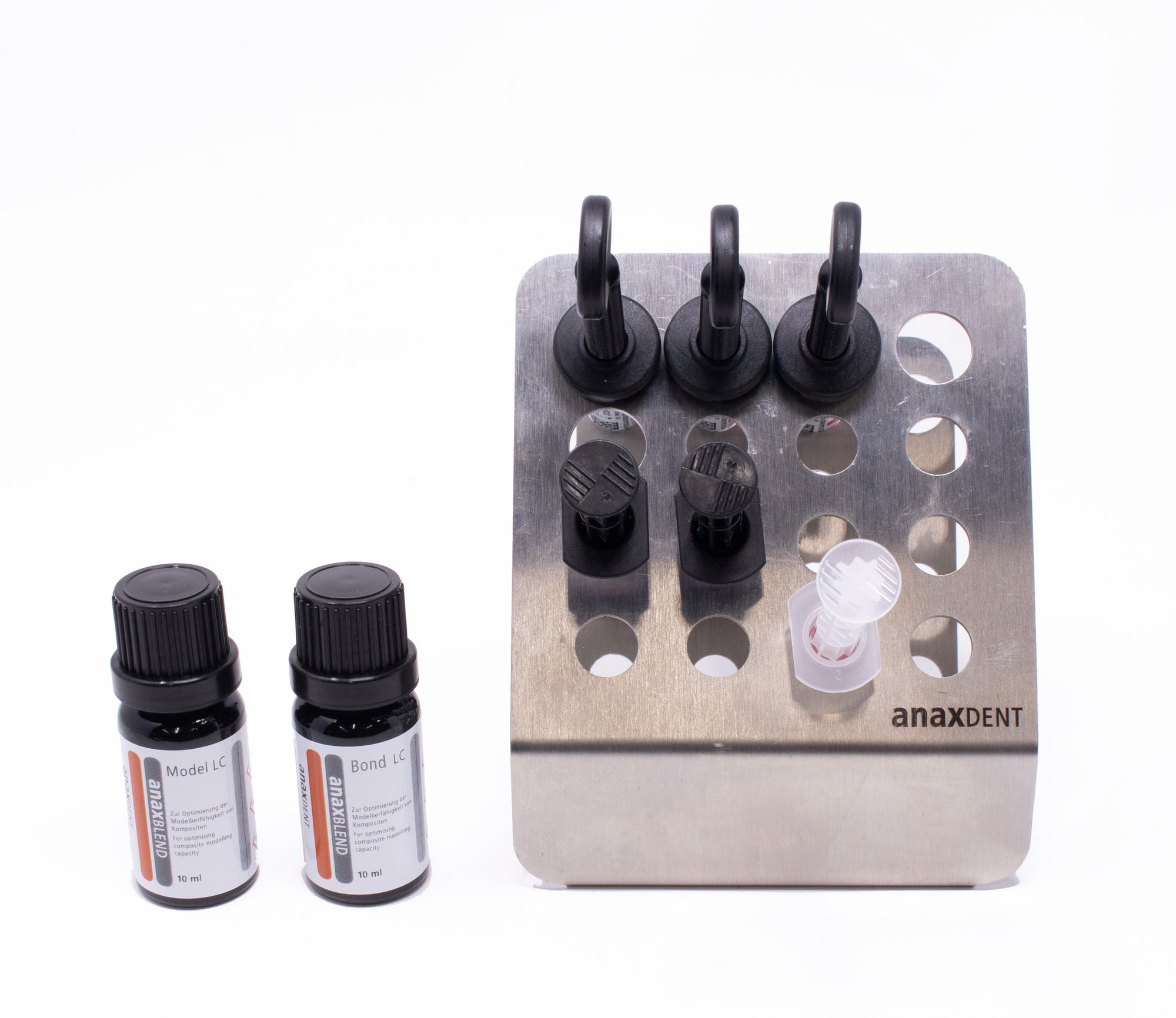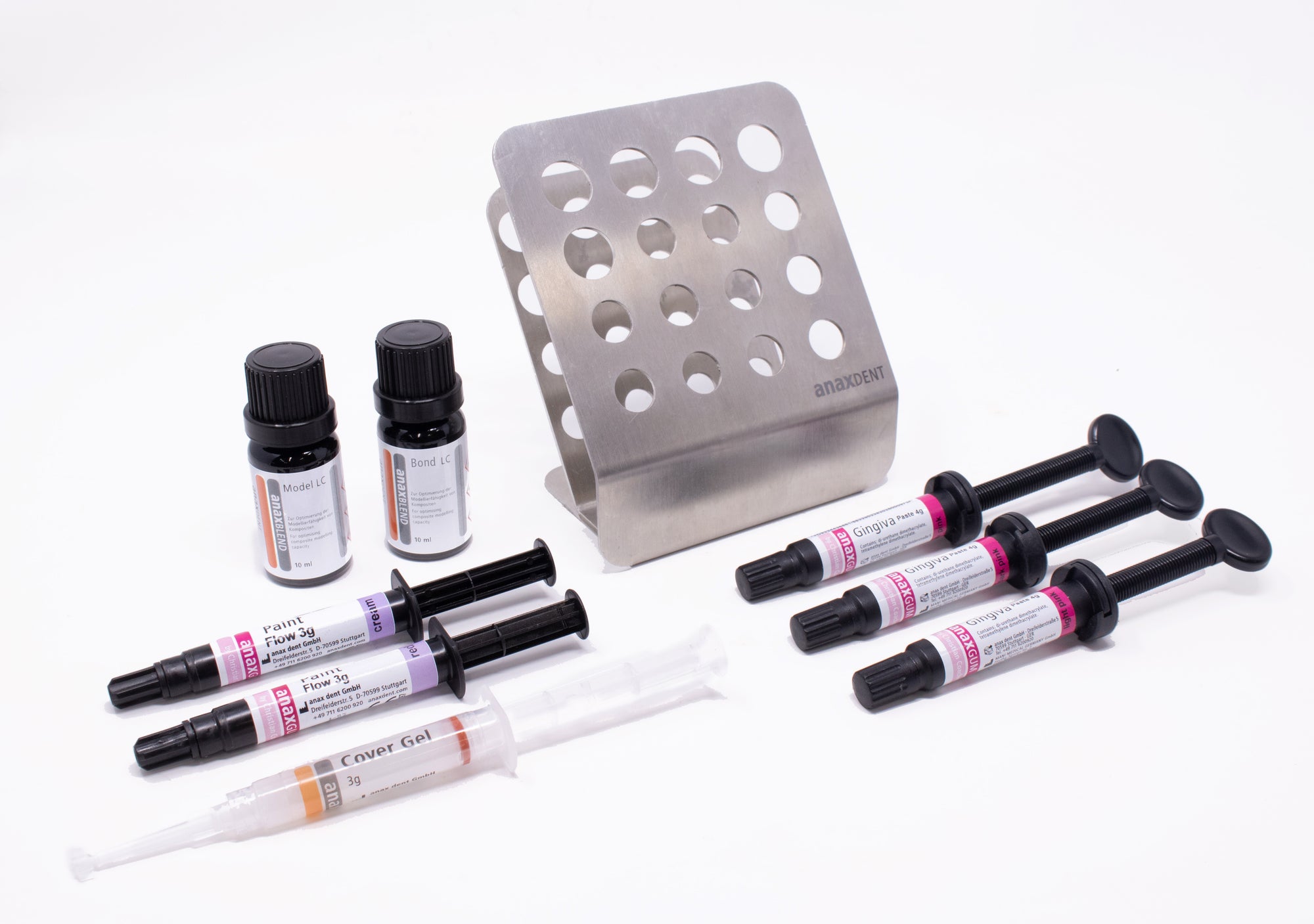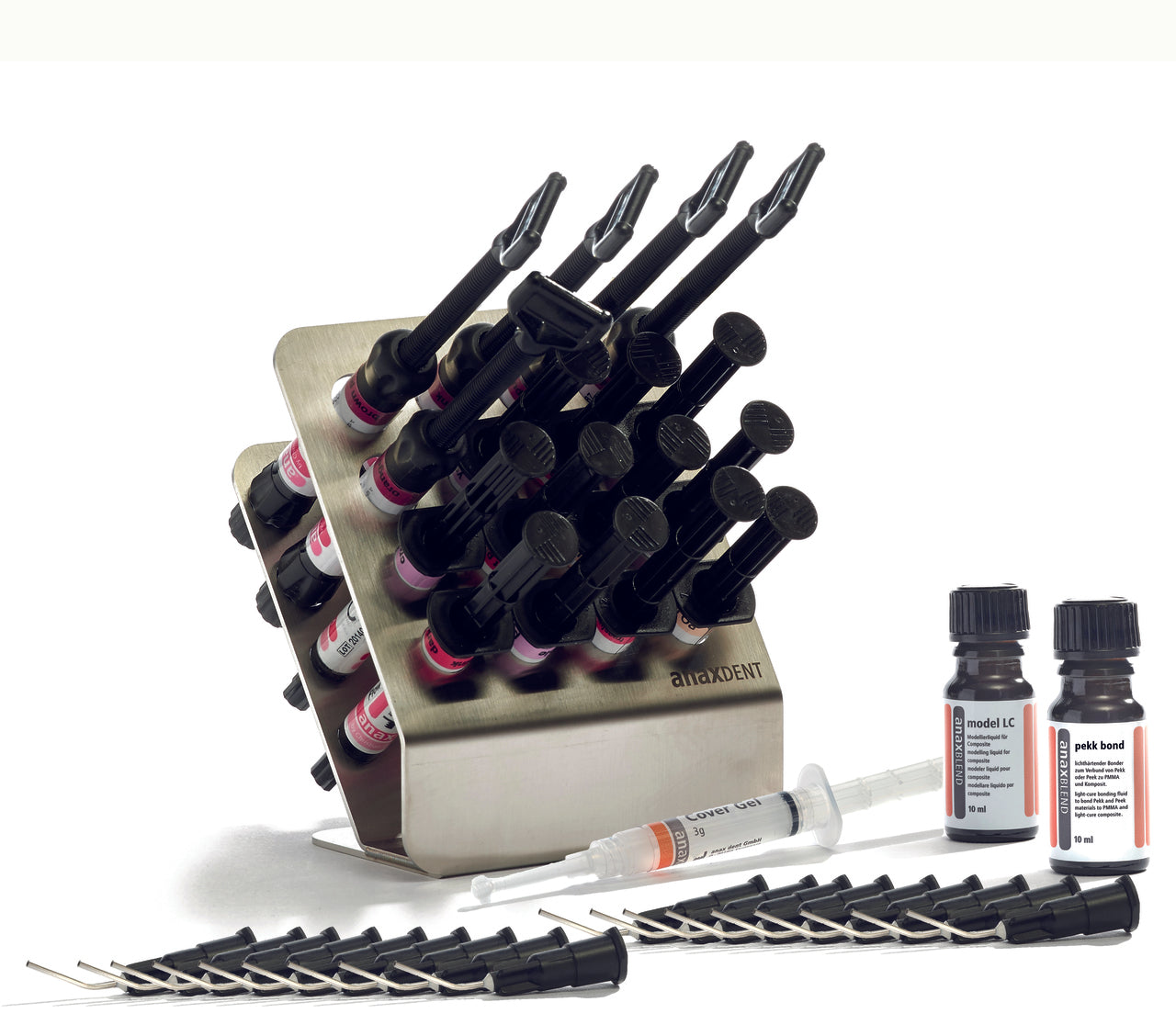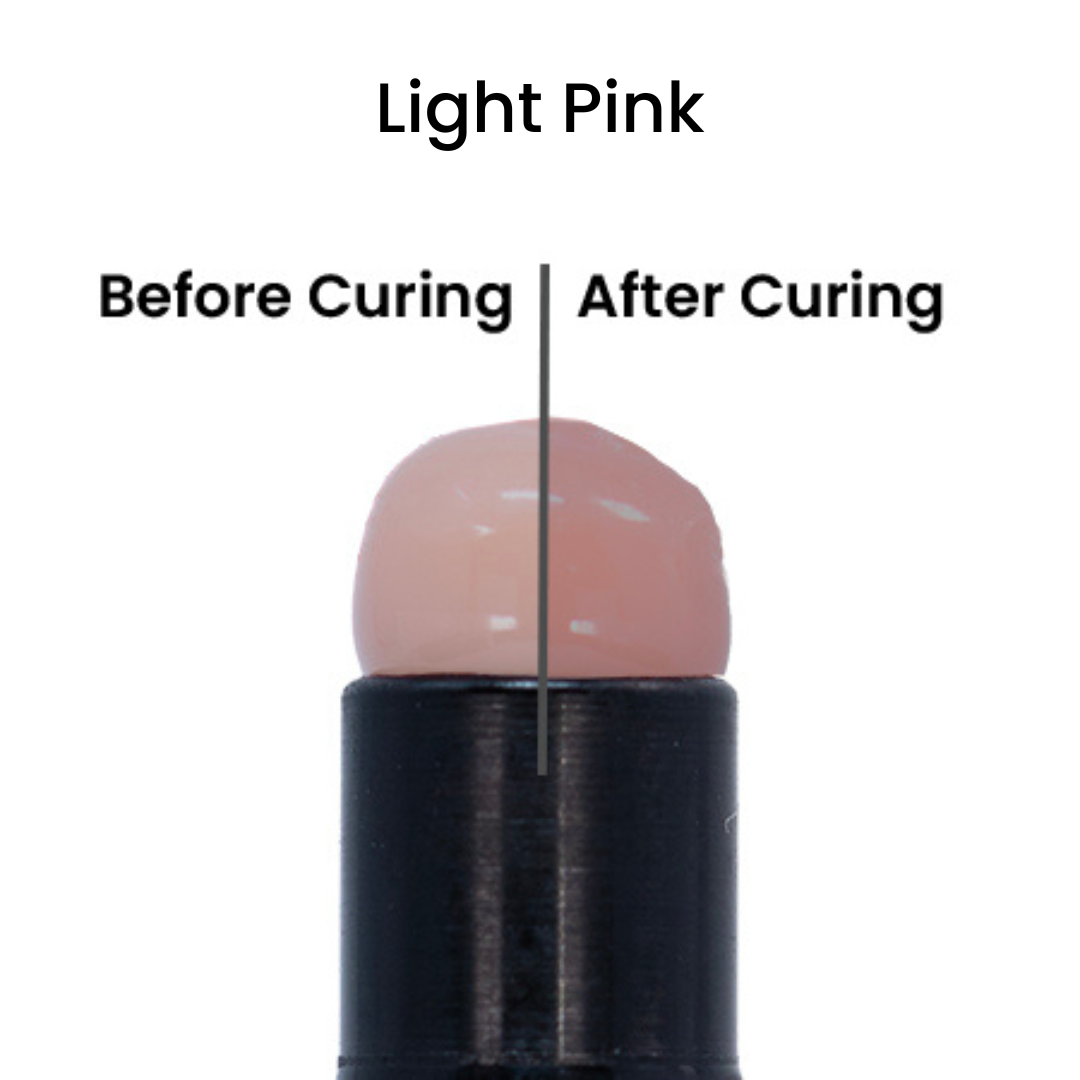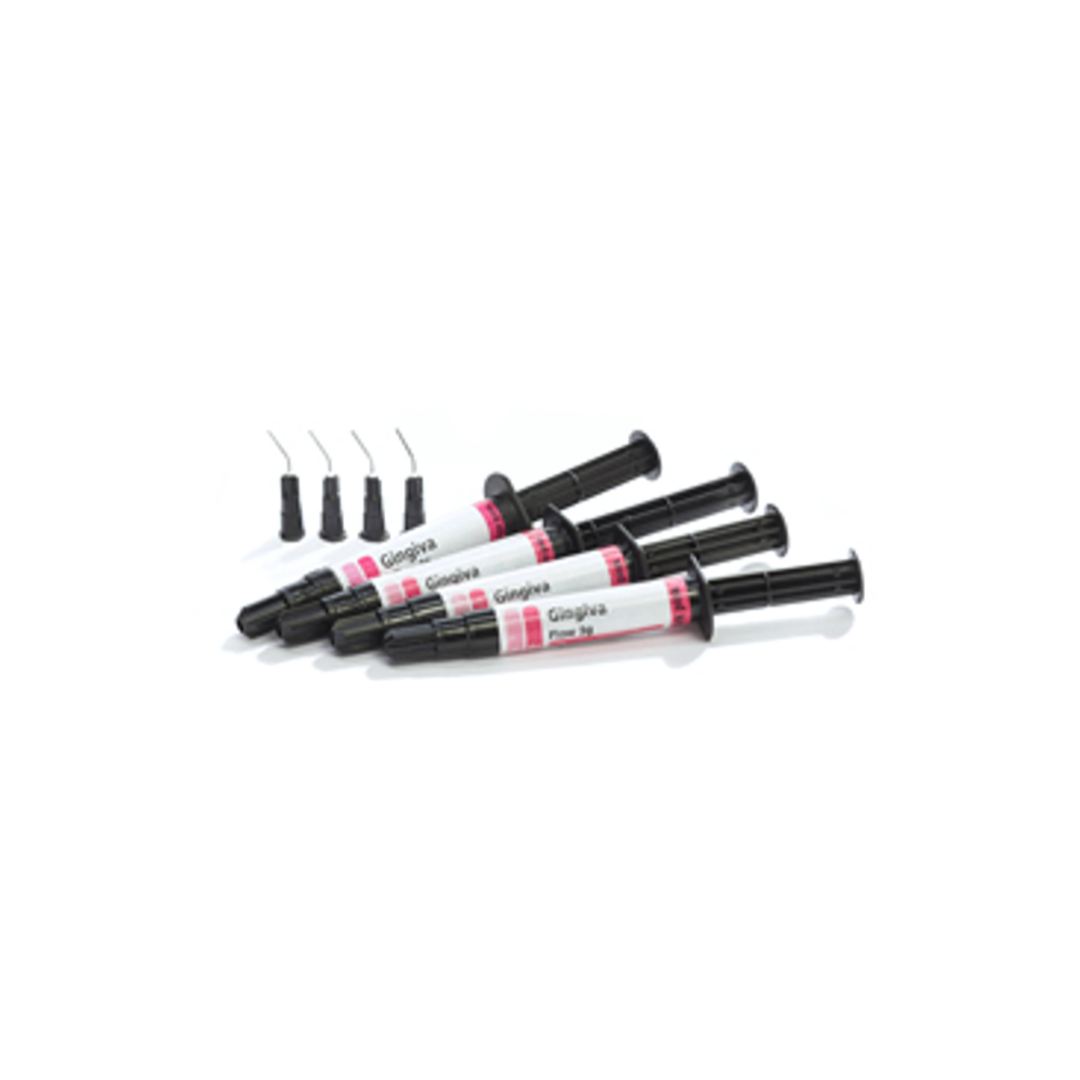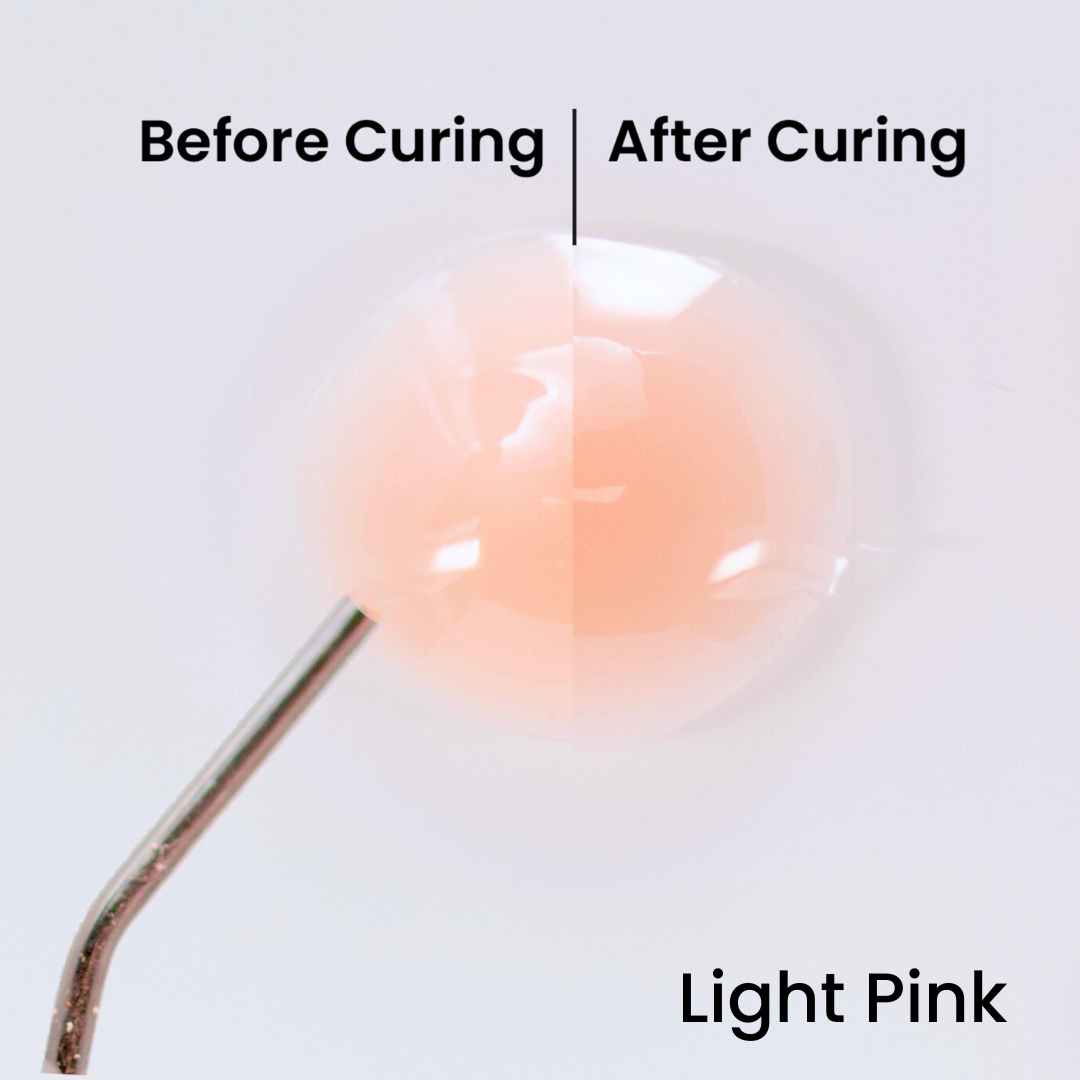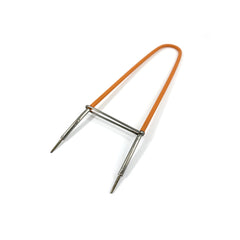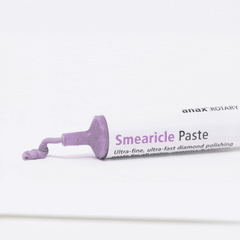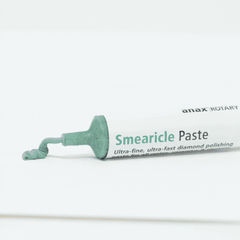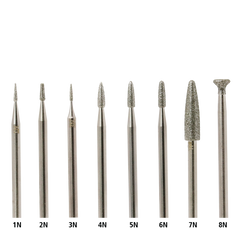anaxgum FAQ's
We get these questions a lot, so we're sharing the answers with everyone!
-
- PMMA: Bond LC
- Print Resin: Bond LC
- Nano-Ceramic: Bond LC, unless the manufacturer of the nano-ceramic recommends a silane-based primer. In that case, Bredent K-Primer.
- Metal: Metal Bonder
- Lithium Disilicate or Ceramic: Bredent K-Primer
- Zirconia: Zircon Bonder
-
You will need a heatless full spectrum light unit that cures between 350nm - 500nm.
-
1. Roughen the surface by sandblasting with aluminum oxide (50-110 micron) at 2 bar pressure.
2. Clean with isopropyl alcohol, allow surface to dry completely.
Apply a thin layer of bond lc to the pmma, or 3d printed resin surface,we
recommend using a microbrush.
4. Light cure Bond LC, in a heatless light unit for 60-90 seconds, depending on the light unit.
5. Bond LC will have a satin finish when it is fully cured.
6. Apply your composite.
-
All light units are different. You will need a heatless unit that has a spectrum between 350nm - 500nm.
- Layer Curing: Cure each layer of the composite for 3–5 minutes.
- Final Curing: Generously apply cover gel over the entire surface of the composite. Cure for 5 - 10 minutes, depending on the specific light unit.
-
To ensure your composite is fully cured, follow these steps:
- Bond LC: 100 flashes
- anaxgum Paints: 300 flashes
- anaxgum Paste & Flow Layer Curing: Cure each layer of the composite for 300 flashes in the Otoflash unit. Nitrogen is off until your final layer.
- anaxgum Pastes & Flows: Final Cure: Turn on the nitrogen and cure for 400 flashes, flip the case, and cure for an additional 400 flashes with Nitrogen on.
- Glazes: 600 - 900 flashes with nitrogen on. Flip over and cure 600 - 900 flashes with nitrogen on.
-
That sticky layer is called the "inhibitation layer," and it's what bonds additional composite to the surface as you add layers. It's there because composite in direct contact with oxygen CANNOT cure.
When you no longer want to add composite, rather than removing the sticky, uncured layer on the outer surface, you need to cure it. There are two ways to do that:
- Use the Otoflash with nitrogen gas: The Otoflash curing unit we carry allows you to switch on nitrogen gas during the final curing step, which means all oxygen in the curing chamber is removed and replaced by nitrogen. No more uncured surface!
- Use Cover Gel and cure one more cycle: Our Cover Gel is a clear, glycerin-based gel you apply over the entire composite surface to block oxygen from contact with the composite. Apply the cover gel, then cure one more FULL cycle. After that, wash the Cover Gel off with warm water, dish soap and a toothbrush.
-
Yes! Just follow the glaze manufacturer's instructions for how to prepare the composite surface prior to glaze application.
- Be sure to apply all glazes in a thin layer. If glaze is too thick or pools in areas, it will not fully cure, which can cause yellowing and degradation in the mouth.
- To ensure glaze is fully cured, the surface will be smooth and not tacky.
-
- PMMA: Bond LC
- Print Resin: Bond LC
- Nano-Ceramic: Bond LC, unless the manufacturer of the nano-ceramic recommends a silane-based primer. In that case, Bredent K-Primer.
- Metal: Metal Bonder
- Lithium Disilicate or Ceramic: Bredent K-Primer
- Zirconia: Zircon Bonder
-
1. Roughen the surface by sandblasting with aluminum oxide (50-110 micron) at 2 bar pressure.
2. Clean with isopropyl alcohol, allow surface to dry completely.
Apply a thin layer of bond lc to the pmma, or 3d printed resin surface,we
recommend using a microbrush.
4. Light cure Bond LC, in a heatless light unit for 60-90 seconds, depending on the light unit.
5. Bond LC will have a satin finish when it is fully cured.
6. Apply your composite.
-
To ensure your composite is fully cured, follow these steps:
- Bond LC: 100 flashes
- anaxgum Paints: 300 flashes
- anaxgum Paste & Flow Layer Curing: Cure each layer of the composite for 300 flashes in the Otoflash unit. Nitrogen is off until your final layer.
- anaxgum Pastes & Flows: Final Cure: Turn on the nitrogen and cure for 400 flashes, flip the case, and cure for an additional 400 flashes with Nitrogen on.
- Glazes: 600 - 900 flashes with nitrogen on. Flip over and cure 600 - 900 flashes with nitrogen on.
-
Yes! Just follow the glaze manufacturer's instructions for how to prepare the composite surface prior to glaze application.
- Be sure to apply all glazes in a thin layer. If glaze is too thick or pools in areas, it will not fully cure, which can cause yellowing and degradation in the mouth.
- To ensure glaze is fully cured, the surface will be smooth and not tacky.
-
You will need a heatless full spectrum light unit that cures between 350nm - 500nm.
-
All light units are different. You will need a heatless unit that has a spectrum between 350nm - 500nm.
- Layer Curing: Cure each layer of the composite for 3–5 minutes.
- Final Curing: Generously apply cover gel over the entire surface of the composite. Cure for 5 - 10 minutes, depending on the specific light unit.
-
That sticky layer is called the "inhibitation layer," and it's what bonds additional composite to the surface as you add layers. It's there because composite in direct contact with oxygen CANNOT cure.
When you no longer want to add composite, rather than removing the sticky, uncured layer on the outer surface, you need to cure it. There are two ways to do that:
- Use the Otoflash with nitrogen gas: The Otoflash curing unit we carry allows you to switch on nitrogen gas during the final curing step, which means all oxygen in the curing chamber is removed and replaced by nitrogen. No more uncured surface!
- Use Cover Gel and cure one more cycle: Our Cover Gel is a clear, glycerin-based gel you apply over the entire composite surface to block oxygen from contact with the composite. Apply the cover gel, then cure one more FULL cycle. After that, wash the Cover Gel off with warm water, dish soap and a toothbrush.



